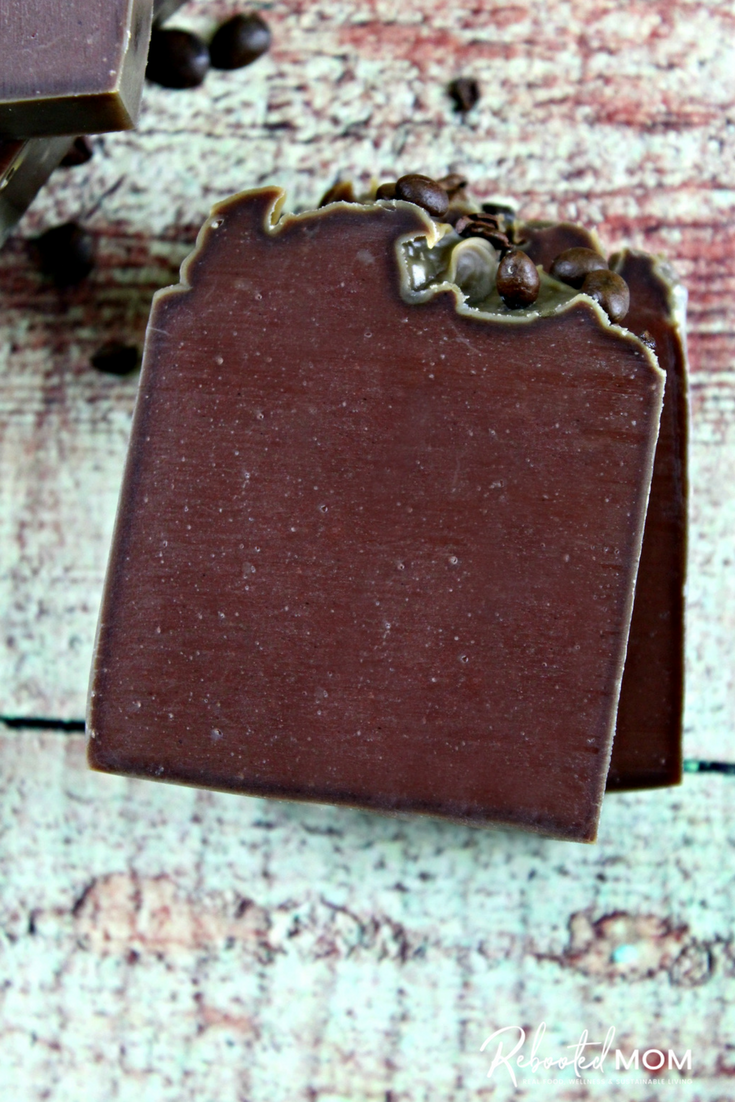
Coffee soap. I know, I know what you are thinking – who their right mind puts coffee in soap? Let me just tell you that you can’t beat homemade soap. It lathers beautifully, moisturizes your skin perfectly and smells absolutely incredible – depending on the soap you decide to make.
I’m an avid soap maker that loves to use raw milk in my soap – but every so often I veer off the path to use something different.
Like coffee.
I might not drink coffee, but it doesn’t mean I don’t enjoy the smell of a freshly brewed cup of joe – in this case, I made a double strength coffee and let it sit and cool for a while. I used coffee in lieu of milk in my favorite soap recipe, added a little cocoa powder, and a tiny amount of essential oil and 24 hours later, unmolded one of the most beautifully smelling soaps yet.
This soap smells like a cross of chocolate coffee – so good indeed! My oldest son asked if he could “just lick the soap” because it looked too good to use – as much as I agree that it looks too good to use, I had to tell him that licking just wasn’t allowed.
Take the licks elsewhere, but don’t do them on this soap…. please!
If you are looking for a beautiful coffee soap recipe, this one might be the recipe for you.
Oils and Fats:
- 2 oz castor oil (5.6%)
- 16 oz extra virgin olive oil (44.4%)
- 9 oz coconut oil (25%)
- 5 oz shea butter (13.9%)
- 4 oz avocado oil (11.1%)
(Brambleberry has a wonderful lye calculator should you want to make changes!)
Lye and Liquid (5% superfat):
- 11.88 oz freshly brewed double strength coffee, cooled
- 4.95 oz lye
- 2 tsp sodium lactate
Other additions:
- 2 tsp cocoa powder
- Benzoin essential oil (for the vanilla scent – optional)
- Whole coffee beans, for the top
#1: Suit up for safety. Put on goggles, wear gloves and don clothes that have long sleeves. Go a step further and make sure all distractions are out of the room/house – kids, pets, etc. Use a well-ventilated area (I like to use my kitchen sink because I have a few windows behind it that provide ventilation). I would not recommend doing anything outside because you run the risk of tripping with the lye/bucket/dishes by going back and forth.
#2: Weigh out the coffee you will be using in a plastic cup or pitcher. Make sure it has had a chance to cool down. Don’t ever mix hot liquids with lye.
#3: Prepare all of your ingredients – and have everything set aside to start:
- Thermometer (one that you don’t use for food)
- Silicone Column Mold, 31 oz – I LOVE this mold!
- Pyrex 8 cup measuring device – not required, but so handy to have!
- Immersion Blender – you don’t have to spend oodles but you will want something reliable with a metal stick, not plastic.
- Lye – this is the brand we use
- Digital Scale to measure your ingredients
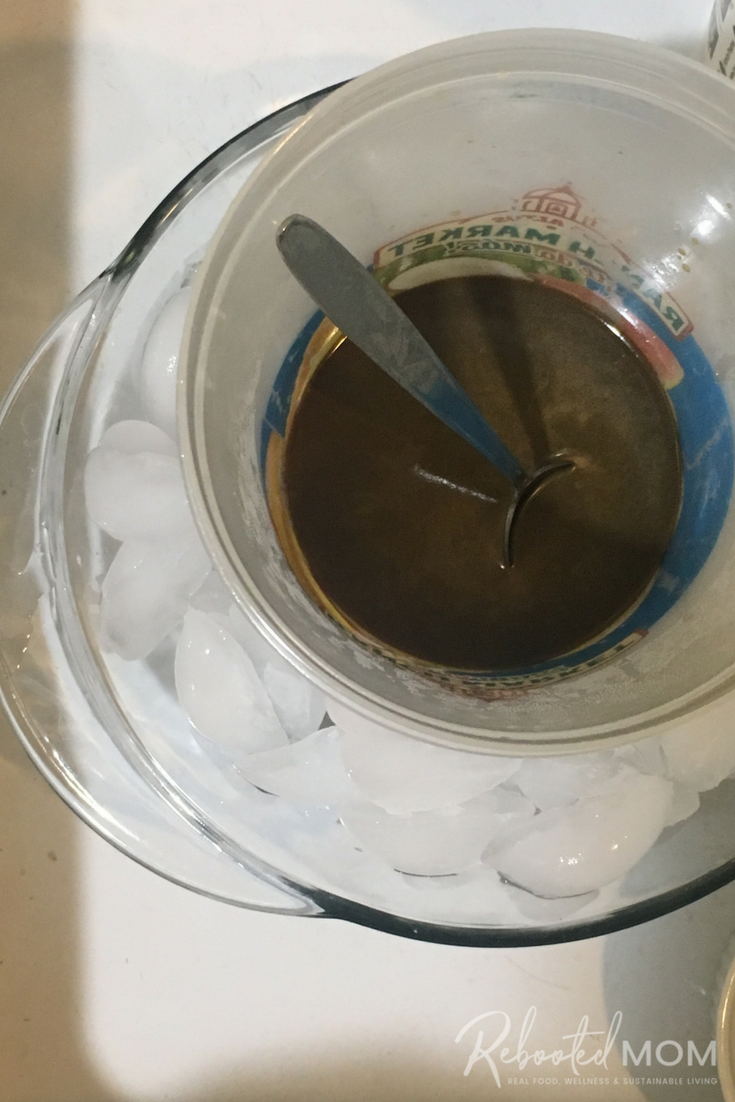
#4: Set your coffee in a heavy plastic measuring cup or bowl, and set that bowl in another dish filled with ice. When you combine the coffee with the lye, the temp will skyrocket — I like to soap between 120 and 130, so the ice will help drop the temp without having to wait an hour.
#5: Sprinkle the lye into your coffee, a little at a time. It will smell horrible – that’s normal. Stir slowly as you continue to add little bits of lye. Make sure everything is dissolved properly and that the lye is fully mixed in. Once the lye & coffee mixture have cooled to 120-130 degrees, add the sodium lactate (if desired) and mix well. Then remove the ice bath it was sitting in and set the coffee/lye mixture aside.
#6: Combine your oils that you have weighed out. You may need to melt your shea & coconut oil, then combine with the other oils. Aim for 115-120 degrees F – you may have to use a digital thermometer (one that you do not use for food).
#7: Slowly pour the lye mixture into the oils. Use your immersion blender to stir the oil and lye together, making sure to pulse the immersion and take 15-20 second breaks – running it continually will cause it to overheat.
#8: Add the essential oil and cocoa powder at this time. Bramble Berry has a really handy fragrance calculator you can use to determine a safe amount of oil to add to your creation. It’s always best to use your scale to weigh the oil instead of using drops. If you don’t want to add essential oils that’s OK too! Use your stick blender to combine.
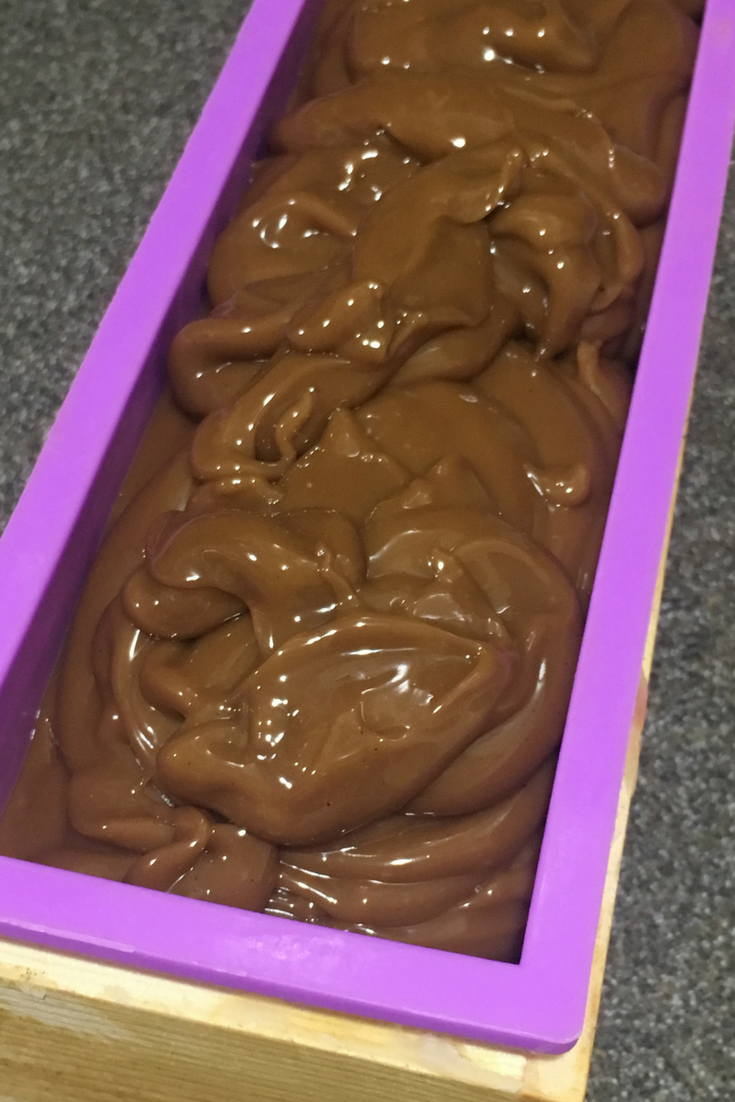
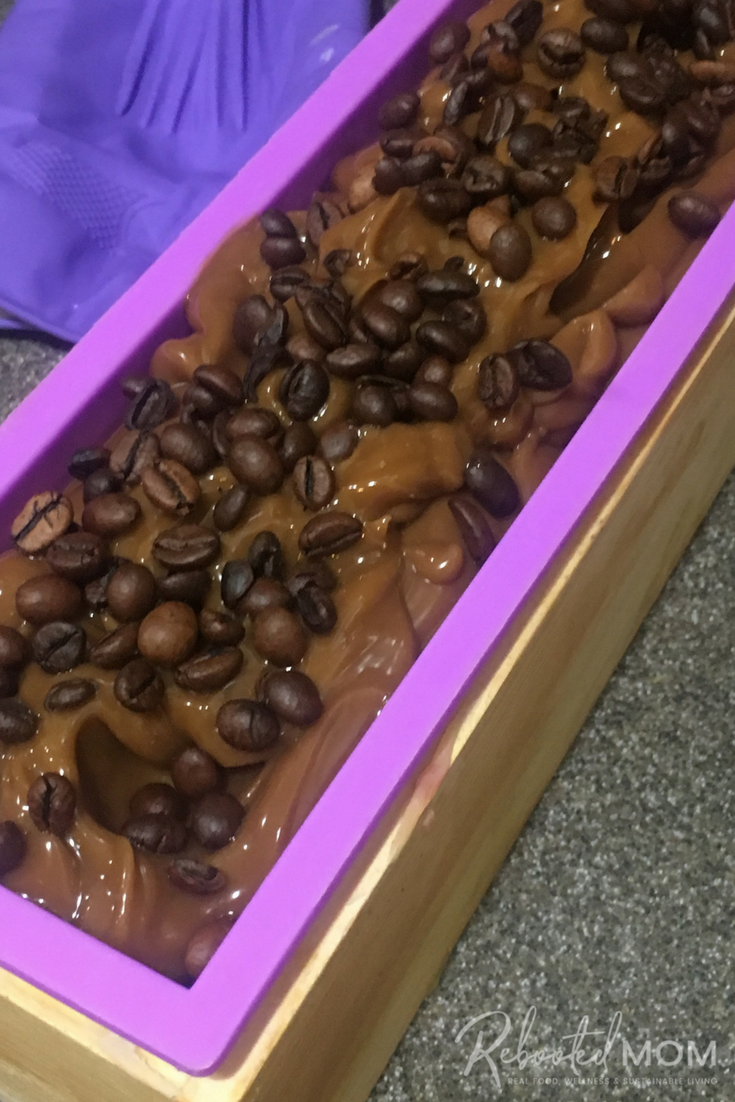
#9: Once the batter becomes thick (trace) then quickly pour into your soap mold evenly distributing from one side to another. Use a paddle or long spoon to spoon out as much of the batter as you can – swirl the top (if desired). Sprinkle your coffee beans on the top of the soap, making sure to push down gently so they stick to the soap.
Insulate well by placing on a heating pad (if need be) or wrapping the mold in towels and setting in an area that it will not be disturbed. Use a piece of cardboard to arc over the top of the mold to insulate the top, too. Allow to sit, undisturbed, for 24 hours.
After 24 hours, carefully remove from the mold and cut – allow the soap to cure for 4-6 weeks before using.
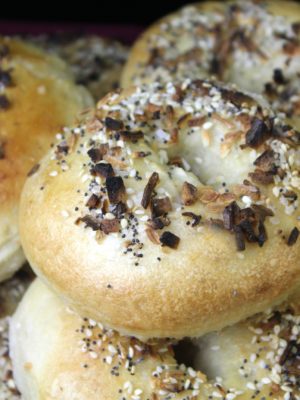
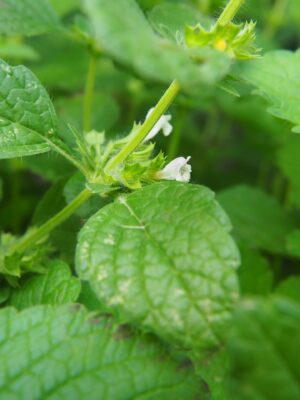
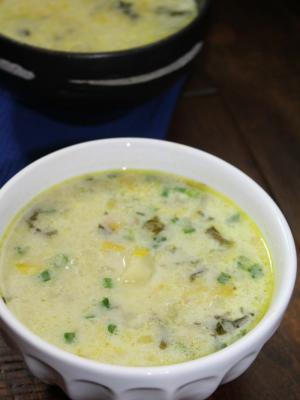
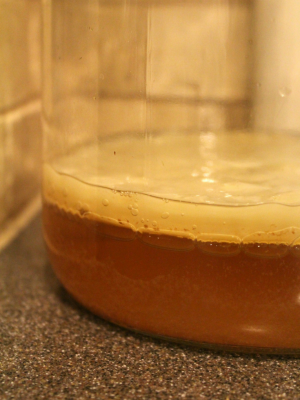
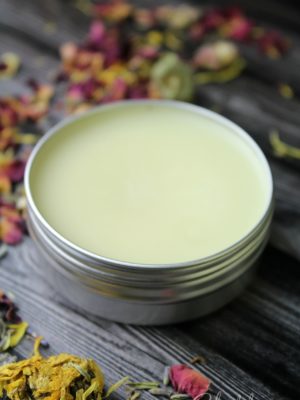
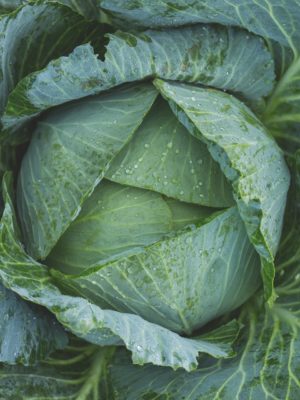

What an awesome soap!!! 🙂 May I ask what made the light outer ‘coating’ – and the thin darker layer inside of that? The effect of these three colors is astonishing! I wonder if it’s all by accident, or if it can be repeated?
Best wishes
Anne
Anne — I’m not sure! That is how it looks immediately after I first cut the bars. Once the bar sits for a few hours that outer line fades and the soap stays a solid color. I love how it first looks when you initially cut… I love coffee soap!
Is the sodium lactate required in the recipe? In the step-by-step instructions, you indicate that you can add it “if desired” so I was wondering if it’s essential? I have all the other items on-hand, and didn’t want to purchase sodium lactate if I could make the soap without it.
Thanks!
~Jennifer
It’s not required – If you don’t have it, don’t go out and buy it. :). It just makes the soap harden up faster in the mold making it easier to remove but I rarely use SL.
Hi there,
I didn’t see any instructions to adding the Super Fats. Should I be adding 5% Super Fats on top of the 36oz oils/butters?
The soap recipe provided in the post takes the superheat (5%) into account – the amount of superfat is already reflected in the lye & water measurements based on the oil/fat amounts there. If you change any of the oils (swapping oils) or amounts listed, or if you want a lower/higher superfat, you’ll want to run the amounts through a lye calculator (I use Brambleberry website for this) as it will provide you new measurements for lye & liquid. Hope that makes sense!